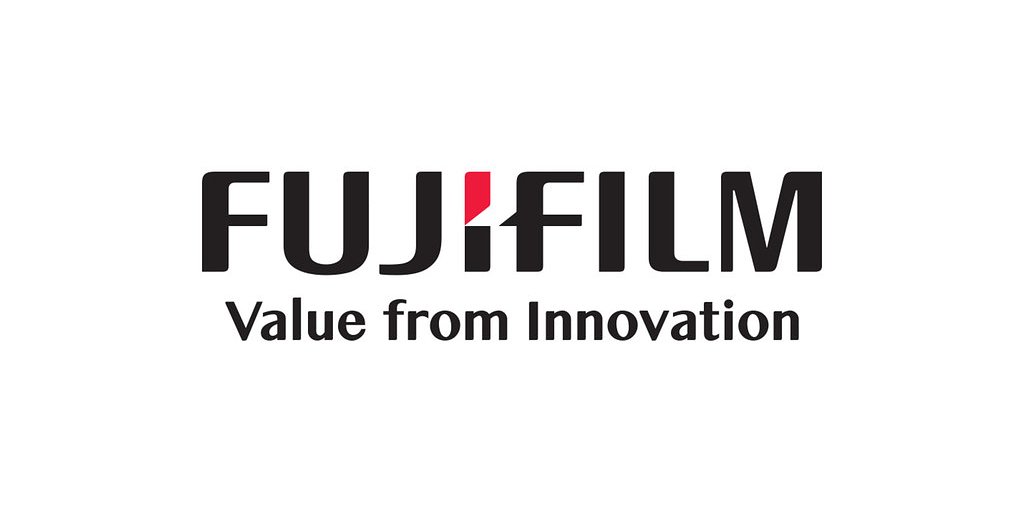
AI-Powered Ultrasound Aims to Ease IV Access, Improve Patient Care
Fujifilm Sonosite’s new PIV Assist leverages artificial intelligence to enhance point-of-care ultrasound, promising quicker, more accurate peripheral IV insertions and improved patient experiences. A deeper look at the tech & market.
AI-Powered Ultrasound Aims to Ease IV Access, Improve Patient Care
NEW YORK, NY – November 19, 2025
The Rise of AI in Point-of-Care Diagnostics
Fujifilm Sonosite has launched PIV Assist, a new AI-powered feature integrated into its Sonosite LX, PX, and ST point-of-care ultrasound systems. The technology is designed to assist clinicians in locating and accessing peripheral veins for intravenous (IV) insertion. Beyond simply streamlining a common medical procedure, PIV Assist signals a broader trend: the increasing integration of artificial intelligence into point-of-care diagnostics and a renewed focus on enhancing the patient experience. While IV insertion might seem a mundane task, failed attempts and complications are surprisingly common, impacting both patient comfort and healthcare costs.
According to recent data, a significant percentage of patients – estimates range from 6% to 87.7% depending on the population studied – experience difficulties with peripheral IV access. These challenges can lead to repeated needle sticks, pain, anxiety, and even complications like phlebitis and infiltration. Ultrasound guidance has already emerged as a valuable tool for improving success rates, but PIV Assist aims to take that a step further by automating key aspects of the process and reducing the cognitive load on clinicians.
“The goal is not to replace the clinician’s expertise, but to augment it,” explains a source familiar with the development of the technology. “PIV Assist provides real-time feedback and guidance, helping clinicians make more informed decisions and improve the accuracy of their IV insertions.”
Navigating a Competitive Landscape
The launch of PIV Assist positions Fujifilm Sonosite in a rapidly evolving market. While the company is a well-established leader in point-of-care ultrasound, it faces competition from several other players, including Philips and Butterfly Network. These companies are also investing heavily in AI-powered solutions for medical imaging and diagnostics.
“We’re seeing a lot of innovation in this space,” says an industry analyst. “Companies are realizing that AI can not only improve the accuracy of diagnostics, but also reduce costs and improve patient outcomes. The key will be to differentiate themselves through unique features and functionalities.”
Butterfly Network, known for its portable single-probe whole-body ultrasound device, is also pushing the boundaries of AI integration in POCUS. While not directly focused on IV assist, the company's AI initiatives suggest a broader commitment to leveraging AI across the point-of-care ultrasound landscape. This competitive pressure is driving innovation and forcing companies to constantly refine their offerings.
Sonosite’s strategy appears to be focused on deeply integrating AI into its existing ultrasound systems, enhancing their capabilities without requiring clinicians to adopt entirely new workflows. PIV Assist’s functionality—real-time vein identification, artery differentiation, catheter-to-vein ratio calculation, and depth measurement—is seamlessly integrated into the ultrasound interface, providing clinicians with intuitive and actionable insights.
Beyond Efficiency: Prioritizing the Patient Experience
While the technical aspects of PIV Assist are impressive, the technology’s potential impact on the patient experience is equally significant. A failed IV attempt can be a distressing experience for patients, causing pain, anxiety, and frustration. By improving the accuracy of IV insertions, PIV Assist can help minimize these negative emotions and create a more positive healthcare encounter.
“Patients are increasingly demanding a more personalized and patient-centered approach to care,” says a healthcare provider. “Technologies that can reduce pain, anxiety, and discomfort are highly valued. PIV Assist has the potential to significantly improve the patient experience.”
The technology’s benefits extend beyond emotional well-being. Reducing the number of needle sticks also minimizes the risk of complications like phlebitis and infiltration, leading to faster healing times and reduced healthcare costs. Ultrasound guidance, coupled with AI-powered assistance, can also help clinicians identify patients who are at higher risk of difficult IV access, allowing them to proactively plan alternative access routes.
According to a recent review of studies on ultrasound-guided peripheral IV catheter insertion, the technique consistently demonstrates higher first-attempt and overall success rates compared to traditional methods. Research indicates an 85.7% first-time insertion success rate with ultrasound guidance versus 32.5% with standard techniques. This improvement not only benefits patients but also streamlines clinical workflows and frees up valuable healthcare resources.
PIV Assist was developed in close collaboration with clinicians to address real-world challenges and ensure the technology seamlessly integrates into existing clinical practice. The integration of AI was deliberate, designed to augment clinical expertise, not replace it. The system's color-coded vein/artery differentiation, as well as its accurate CVR calculation, are designed to reduce cognitive load and help clinicians make more confident decisions.
While the cost of PIV Assist isn’t publicly available, it is offered as a licensed option for existing Sonosite systems, indicating it’s an add-on feature, not a standalone product. This approach allows hospitals and clinics to leverage their existing ultrasound investments while incorporating cutting-edge AI technology.
As AI continues to transform healthcare, technologies like PIV Assist demonstrate the potential to improve patient outcomes, streamline clinical workflows, and create a more patient-centered healthcare system. The increased efficiency will likely translate to improved access to care and better overall patient experiences.
📝 This article is still being updated
Are you a relevant expert who could contribute your opinion or insights to this article? We'd love to hear from you. We will give you full credit for your contribution.
Contribute Your Expertise →